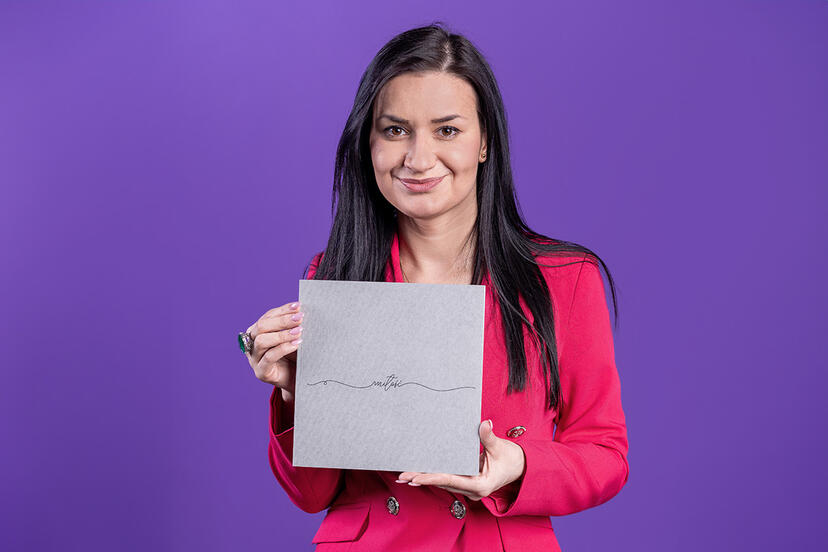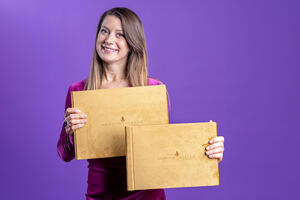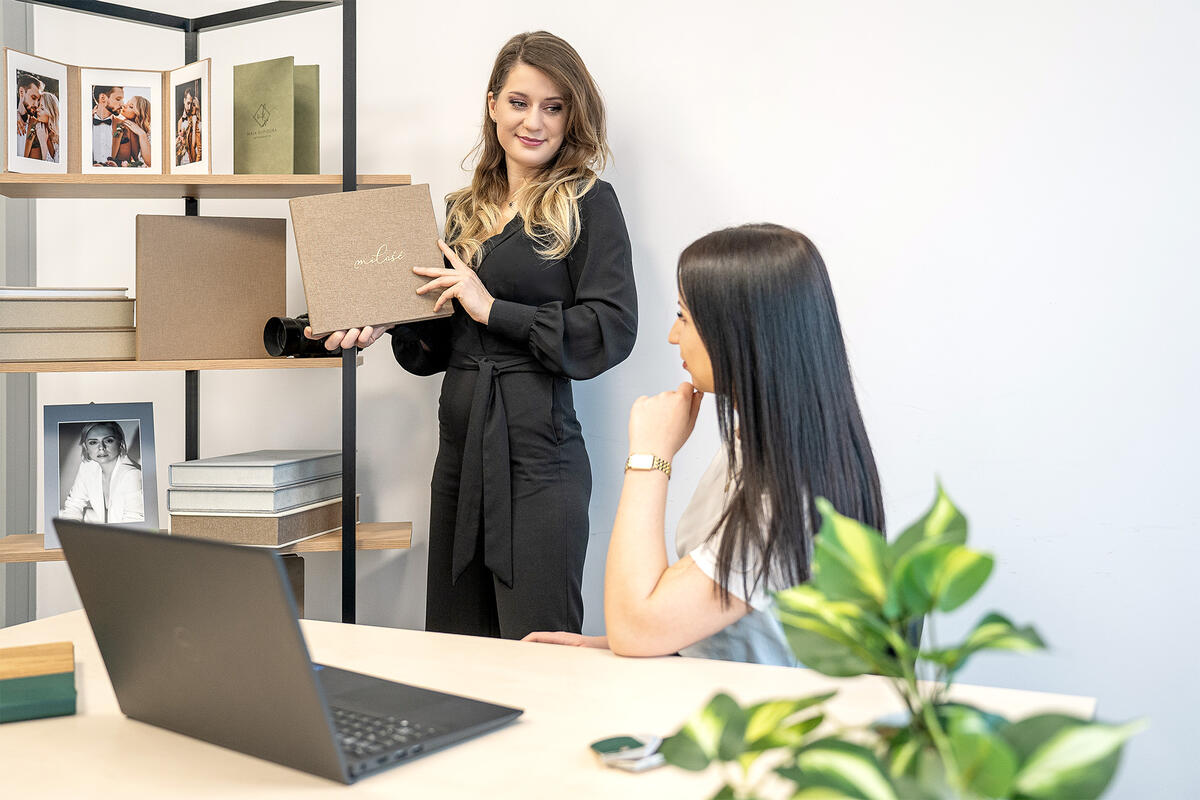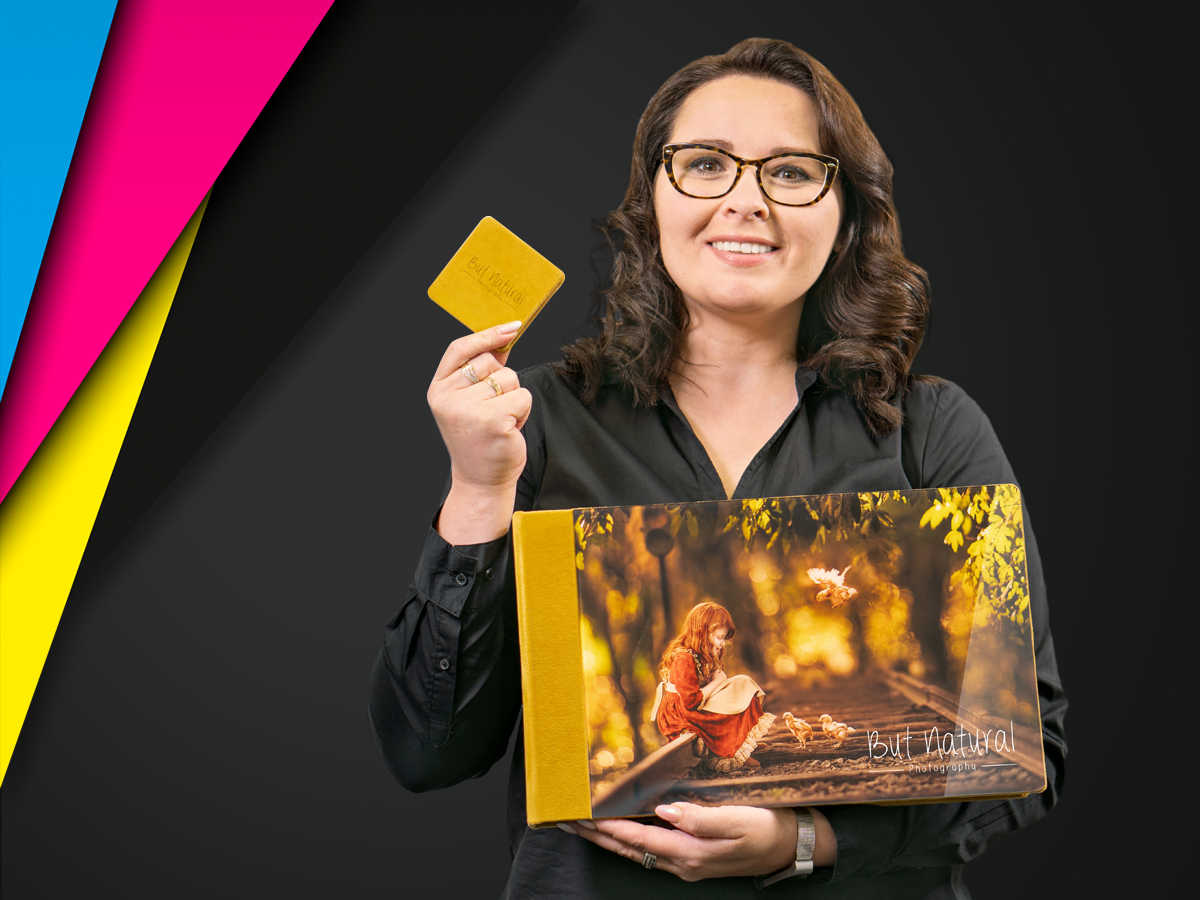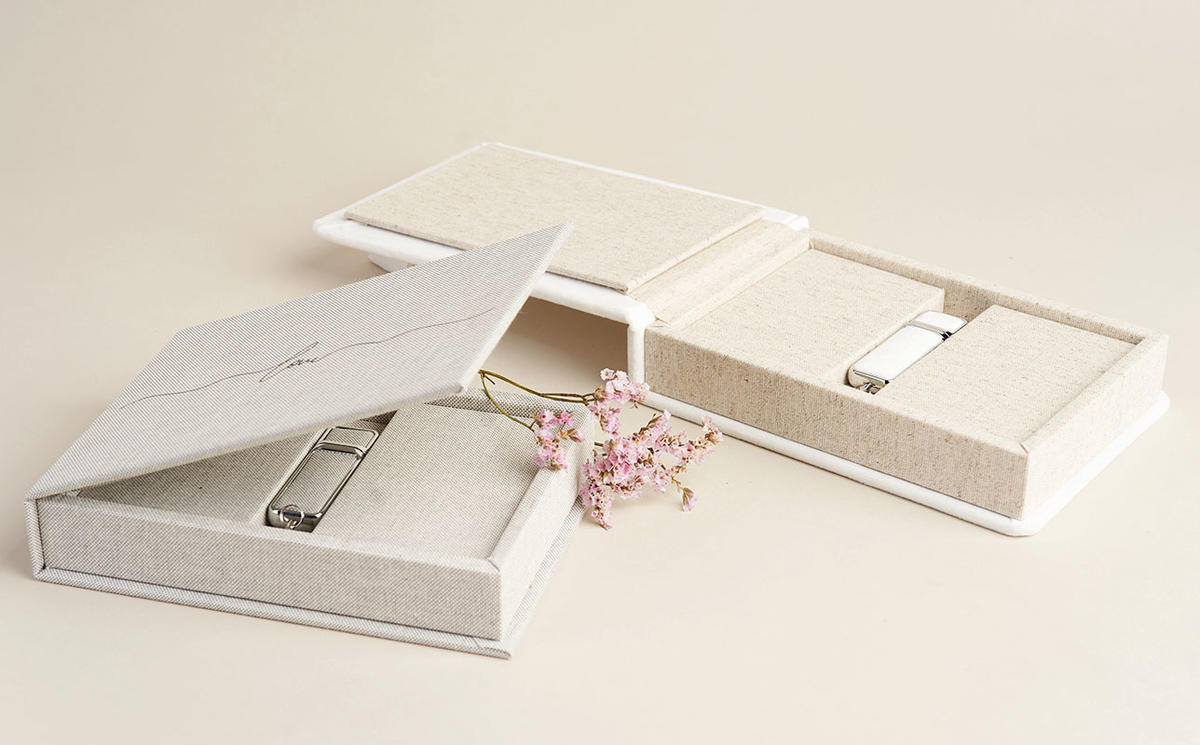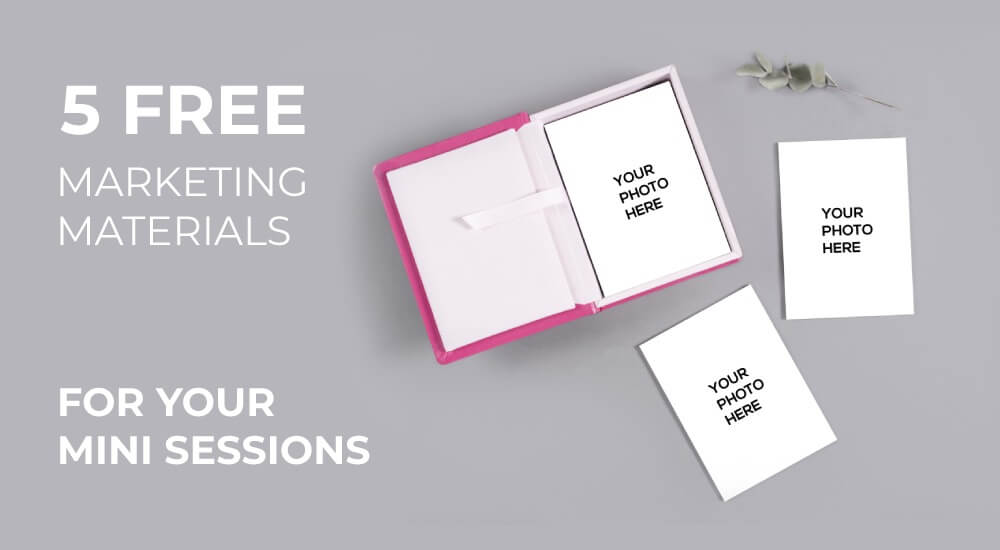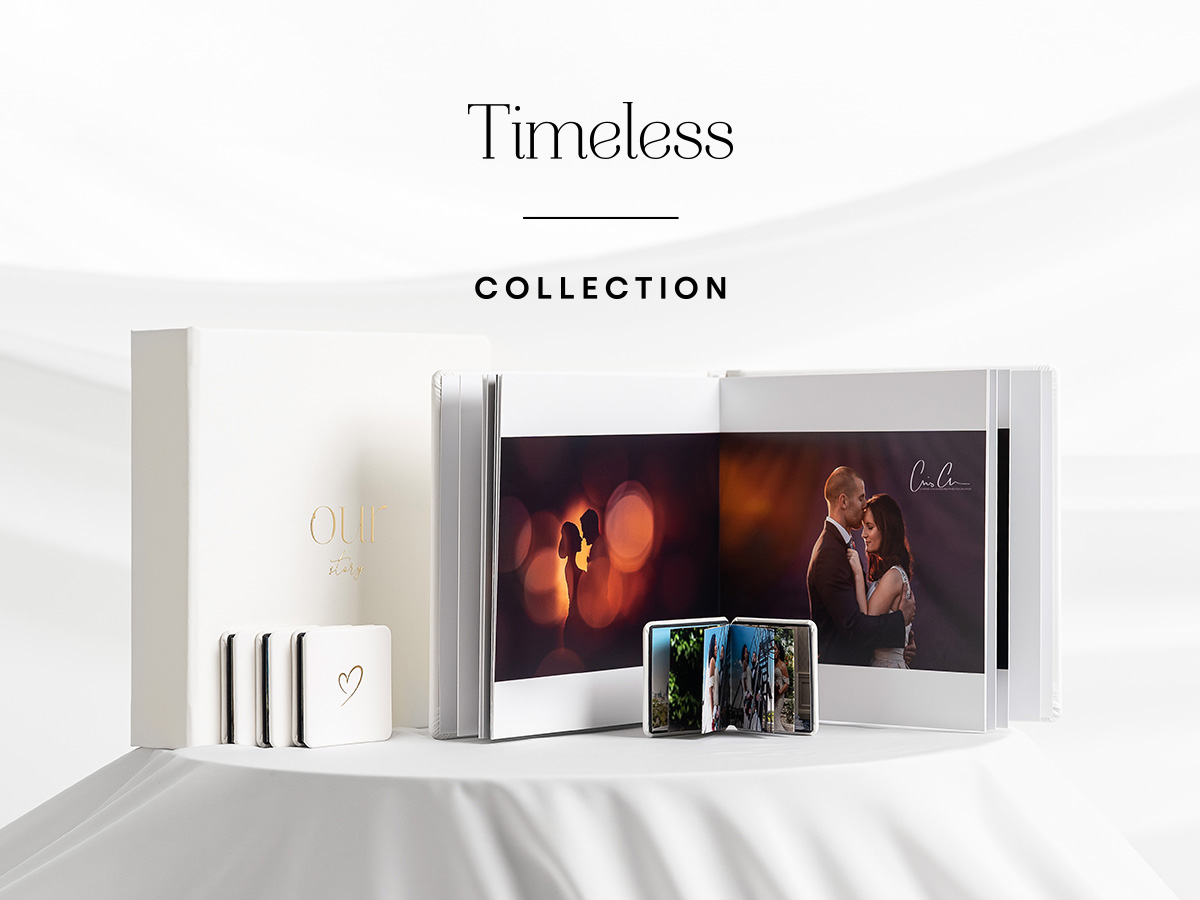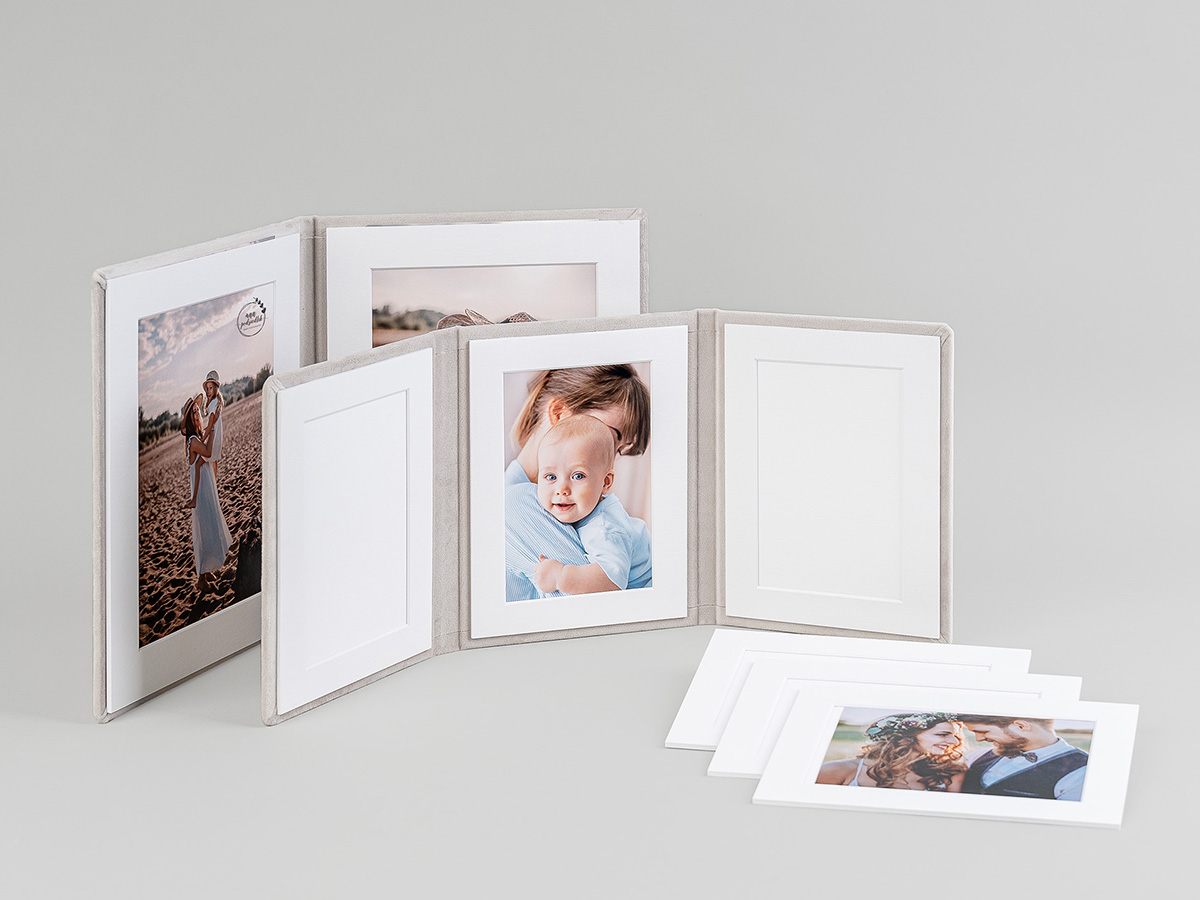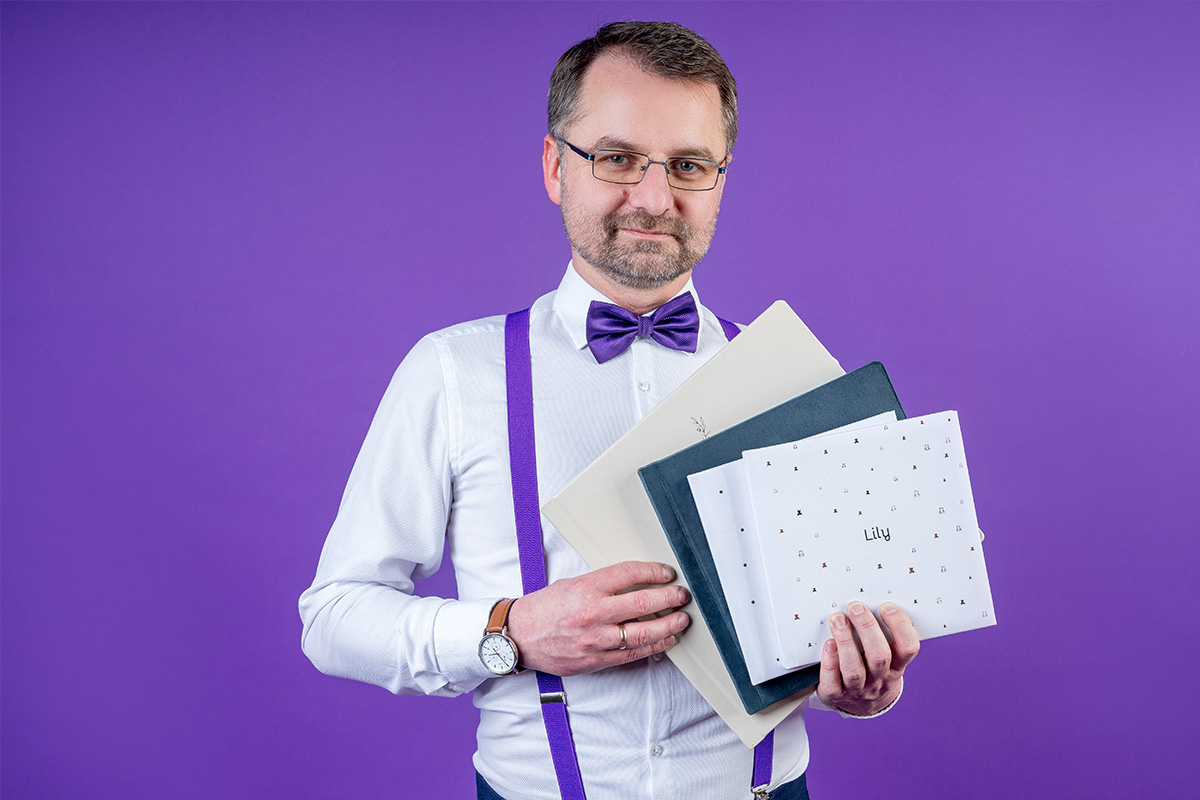
A well-thought-out and designed sample product is the perfect long-lasting sales tool to show off your photography skills and the products you sell.
If you’re new, you might be wondering what a sample product is. To introduce it briefly, it’s a fully-fledged photo product that can be designed with your photos. The only difference between a sample and a regular product is a small label that says: “Sample product, [not for re-sale]”. To order a sample product, you go through the same step-by-step ordering process as with any other product in the nShop. You can make use of the same personalisation options as if designing a non-sample product, including the addition of your own custom design on the cover - you have full control over how your sample is going to look. You can read more about that here.
Let’s get onto designing sample products.
Before you write sample products off as something unnecessary that you don’t have the time to design, ask yourself these important questions:
⏵ Do you have the time to frantically search your phone or storage drive in order to find examples of your work during a client meeting? To be prepared for the types of clients who might already be interested, if not determined to buy an album from you, who ask to see how some of your prior orders turned out. Have you ever been in such a situation? Picture it: you’re stressed out, they’ve already gotten impatient with you and now they want something more. A sample album is a perfect solution to such a problem!
⏵ Do you have any other accurate method of showing your clients what their final product will look like? By having a sample album on hand, you’ll make it easier for yourself to talk about your offer. Your client will see the size, the possible photo layouts, the sheer colour detail and they will feel both the heft of the album and the softness of its cover. Believe it or not - the experience of holding an album cannot be emulated by other means.⏵ Can you afford to lose out on the additional sale value that you would otherwise gain, if your clients only saw how elegant and cohesive a set of products in one package could be with their own eyes? A Photo Album with a matching USB stick in a hand-made box, paired with an Accordion Mini Book or a smaller album with the same cover material to boot?
Now that you’ve considered how a sample could become the most steadfast selling tool in your arsenal;
Get to know the 5 principles of creating a perfect sample product
#1: Plan things through
Treat the sample product as you would a business card - it’s just bigger and far prettier. Remember that clients will make their decisions based on what you show them on the inside of your sample. Spend some thought on the type, form factor and final look of your sample product. Remember - this is the best way to show what you sell and the quality of work you have to offer.
#2: Focus on elegance and cohesion
Naturally, people want to spend their money on something that looks classy and desirable, something that stands out and pleases the eye. These are key elements of a sample product, as they will be the first things that will make the client want to order something beyond a simple photo session that ends with digital photos on a drive. To achieve something to that effect, you can start by including photos of a similar style, colour scheme, and atmosphere. After that, move on to finding the appropriate cover material - your best bet will be one that is chosen by your clients relatively often. If clients tend to love it, chances are that the appeal will extend to others. Remember that the style of the sample product must be appropriate to the photography you do, be it weddings, newborn shoots, or general portrait photography. It might be worth considering a few different samples, which could then showcase photos from the various types of photography that you specialise in. That way, you’ll be able to avoid the mess of having wedding photos mixed in with newborns, or photos from a Holy Communion ceremony occupying the page next to photos of a boudoir shoot. The phrase “less is more” definitely applies in this regard!!
#3: Show off your work
Include the shots you are most proud of in your sample. Choose the most stunning, pleasing, and breathtaking ones from your roster; the best of the best. Think about the emotions they evoke, what feelings come to mind, and how they influence you and others. Create a design that you would like to order as a client.
#4: Don’t be boring
When presenting a sample product you have one goal: to amaze clients and make them consider ordering more than they originally intended to. Don’t let them get bored! Pick lively photos: mix close-ups with wide shots, and fill out your sample with photos all across the spectrum. Tell stories through your product, and move your clients at every turn of a page. Design it in a way so that once the client reaches the final page, they’ll be hungry for more…. and in turn, place an order for a print product of their own!
#5 Tailor your offer
Start by analysing your clients’ orders up to this point. That will be the best way to gauge the kinds of samples you should create. A Photo Album, Photo Book, or a Complete Set would all make for a great centrepiece to your portfolio. Triplexes, Accordion Mini Books, Lite Albums and Duo Lites can also prove to be helpful additions to your collection. In reality, most nPhoto products can fulfil the role of a sample, save for Prints, as those would only reflect the quality of our paper and not that of a full print product. You don’t have to order all of them (but you are welcome to do so!) Consider the ones most often chosen by your clients and focus on them, while putting additional effort into perfecting each sample.
?The size and cover material- They should be appropriate to the type of photography you do. For instance, if you’re a wedding photographer, choose the size, cover material and paper type most often picked by happy couples.
?The number of pages and details- once again, analyse your prior orders and tweak the number of pages and paper type based on what your clients prefer. Remember that even customisation options and page layouts can drastically affect your client’s impression.
Sample products are created with your general photography knowledge, as this is reflected in the photos you put inside. They have to exemplify your best work. They have to inspire the client to place an order for a unique photo product of which you will be the creator. Don’t know how to order your first sample? Read our guide: "“Five simple steps to ordering a sample product at nPhoto”".
If you're now ready to choose the perfect sample for you, there's no better time to place an order. Our Festival of Samples has begun, allowing you to get 80% off on a wide range of products.
